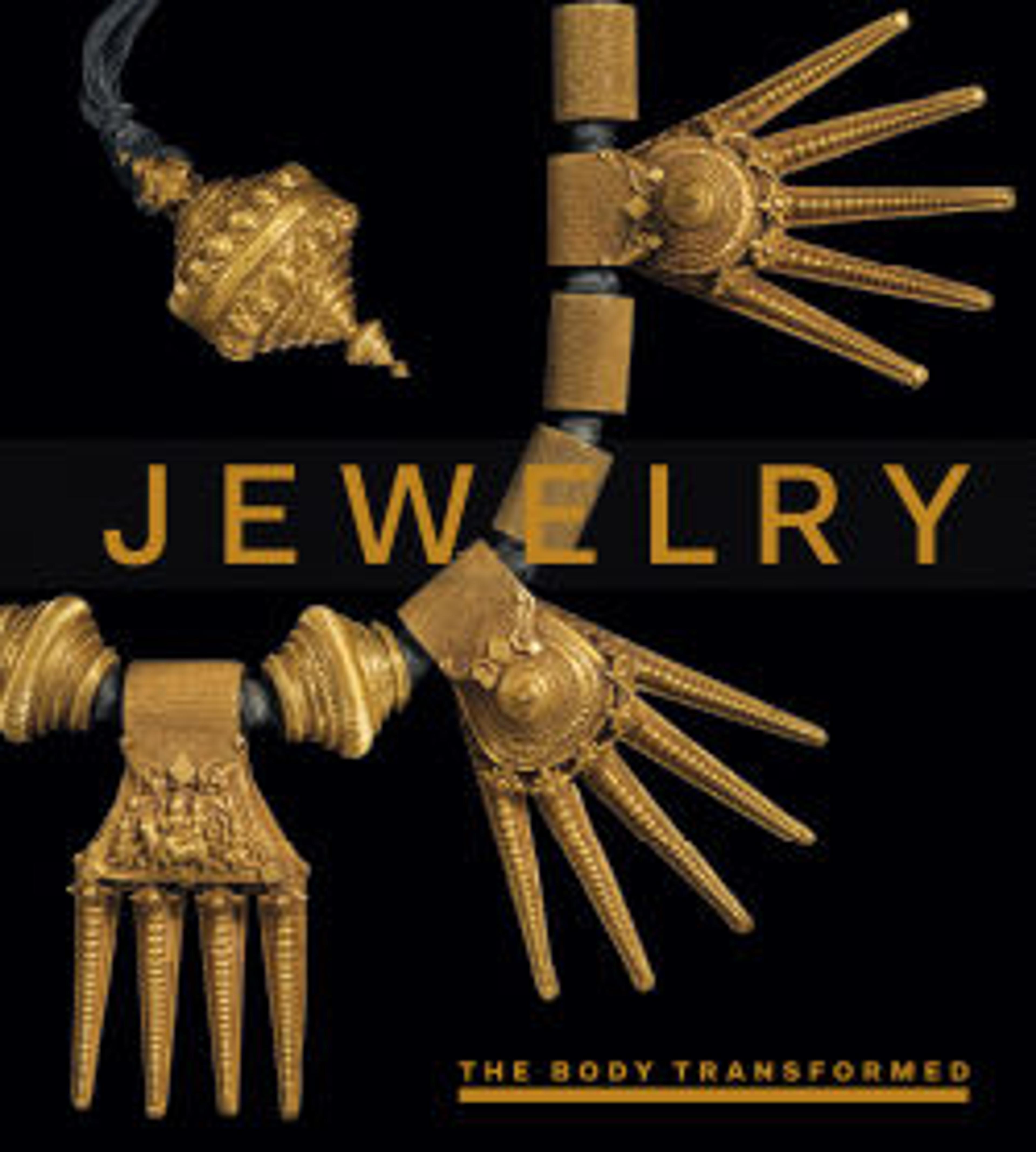Badge of the Cincinnati Medal
In 1783 officers who had served in the Continental Army under General George Washington formed The Society of the Cincinnati, primarily for the purpose of maintaining personal relationships after the end of the Revolutionary War. The order adopted its name from Lucius Quintius Cincinnatus, a Roman statesman who took up arms for the good of the republic, but gladly relinquished power and returned to farming when the crisis had passed.
The Society designed an order "by which its members shall be known," which included the figure of Cincinnatus with:
"Three senators presenting him with a sword and other military ensigns; on a field in the background his wife standing at the door of their cottage, near it a plough and instruments of husbandry. Round on the whole, ‘Omnia Reliquite Servare Rempublicam’. On the reverse, sun rising, a city with open gates, and vessels entering the port, Fame crowning Cincinnatus with a wreath inscribed ‘Virtutis Praemium’. Below, hands joined, supporting a heart with the motto, ‘Esta Perpetua’. Round the whole, ‘Societas Cincinnatorum Instituta, A.D. 1783’."
The commission to design this elaborate insignia was given to Major Pierre Charles L'Enfant, who envisioned the emblem as a medallion on the breast and back of a bald eagle suspended from oak and laurel leaves. L'Enfant then travelled to Paris to oversee the production of the medals.
This is one of the original Society of the Cincinnati medals, fabricated during L'Enfant's visit to France. Crafted of yellow gold and embellished with colored enamels, it would originally have hung from a blue ribbon edged in white. The medal was made for Major Samuel Nicholas of Philadelphia and descended in his family until its acquisition by the Metropolitan Museum in 1935.
The Society designed an order "by which its members shall be known," which included the figure of Cincinnatus with:
"Three senators presenting him with a sword and other military ensigns; on a field in the background his wife standing at the door of their cottage, near it a plough and instruments of husbandry. Round on the whole, ‘Omnia Reliquite Servare Rempublicam’. On the reverse, sun rising, a city with open gates, and vessels entering the port, Fame crowning Cincinnatus with a wreath inscribed ‘Virtutis Praemium’. Below, hands joined, supporting a heart with the motto, ‘Esta Perpetua’. Round the whole, ‘Societas Cincinnatorum Instituta, A.D. 1783’."
The commission to design this elaborate insignia was given to Major Pierre Charles L'Enfant, who envisioned the emblem as a medallion on the breast and back of a bald eagle suspended from oak and laurel leaves. L'Enfant then travelled to Paris to oversee the production of the medals.
This is one of the original Society of the Cincinnati medals, fabricated during L'Enfant's visit to France. Crafted of yellow gold and embellished with colored enamels, it would originally have hung from a blue ribbon edged in white. The medal was made for Major Samuel Nicholas of Philadelphia and descended in his family until its acquisition by the Metropolitan Museum in 1935.
Artwork Details
- Title:Badge of the Cincinnati Medal
- Designer:Designed by Pierre Charles L'Enfant (1754–1825)
- Date:ca. 1783
- Geography:Made in Paris, France
- Medium:Gold
- Dimensions:L. 2 in. (5.1 cm)
- Credit Line:Rogers Fund, 1935
- Object Number:35.46a, b
- Curatorial Department: The American Wing
More Artwork
Research Resources
The Met provides unparalleled resources for research and welcomes an international community of students and scholars. The Met's Open Access API is where creators and researchers can connect to the The Met collection. Open Access data and public domain images are available for unrestricted commercial and noncommercial use without permission or fee.
To request images under copyright and other restrictions, please use this Image Request form.
Feedback
We continue to research and examine historical and cultural context for objects in The Met collection. If you have comments or questions about this object record, please contact us using the form below. The Museum looks forward to receiving your comments.
